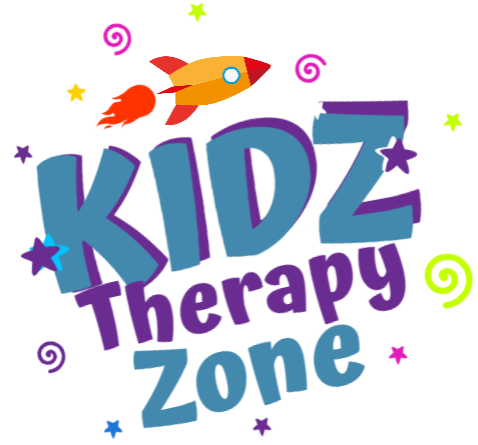Stuttering: Every Voice Matters
Stuttering, a speech disorder characterized by disruptions in the normal flow of speech, affects approximately 5-10% of children at some point in their development. While many outgrow stuttering naturally, some require intervention to manage the condition and prevent long-term effects on self-esteem and communication skills. Understanding stuttering and addressing it early can make a significant difference in a child’s life.
What is Stuttering?
Stuttering, also known as stammering or dysfluent speech, is marked by repeated sounds, syllables, or words, interruptions in speech production, and an uneven speech rate. It is a common developmental condition, particularly among children under the age of five. However, about 25% of children who stutter continue to experience challenges into adulthood.
Types of Stuttering
Stuttering can be categorized into four main types:
- Developmental Stuttering:
- The most common form, occurring in young children as they develop language skills. It often resolves naturally but may require intervention in some cases.
- Neurogenic Stuttering:
- Caused by atypical signaling between the brain, nerves, and muscles. This type is commonly associated with brain injuries, such as strokes or trauma.
- Psychogenic Stuttering:
- Stemming from severe emotional trauma or mental health challenges, this type affects the brain’s thinking and reasoning areas.
- Idiopathic Stuttering:
- A sudden onset of stuttering with no identifiable cause.
Symptoms of Stuttering
Children with stuttering exhibit a range of symptoms, including:
- Repetition of words, sounds, or syllables.
- Prolongation of sounds or hesitation when starting sentences.
- Adding filler words like “uh” or “um.”
- Physical signs such as facial tics, lip tremors, or excessive eye blinking.
- Avoidance of speaking or visible frustration while attempting to communicate.
- Emotional challenges such as low self-esteem or reluctance to participate in social settings.
Causes of Stuttering
The exact causes of stuttering are not entirely understood, but multiple factors are believed to contribute, including:
- Genetics: A family history of stuttering increases the likelihood of the condition.
- Brain Development: Abnormalities in the brain regions responsible for language processing and speech production.
- Childhood Development: Improper language development or stressful family dynamics, such as divorce, can play a role.
- Associated Conditions: Children with autism spectrum disorder or other developmental challenges may be more prone to stuttering.
Importance of Early Intervention
Research emphasizes the effectiveness of early intervention for stuttering. Prompt treatment can:
- Reduce the severity of speech disruptions.
- Prevent emotional effects, such as bullying or social withdrawal.
- Improve long-term communication skills and self-confidence.
Role of Speech Therapy
Speech therapy is the cornerstone of stuttering treatment. A speech therapist can:
- Teach Techniques for Speech Control:
- Help children monitor their speech rate, manage breath support, and reduce laryngeal tension.
- Provide Emotional Support:
- Build self-esteem and teach coping strategies for social situations.
- Involve Parents:
- Equip families with tools and strategies to reinforce progress at home.
Children might benefit from speech therapy if they:
- Have stuttered for over three to six months.
- Exhibit significant disruptions that interfere with daily communication.
- Experience emotional distress due to stuttering.
Coping Strategies for Families
Parents and caregivers play a critical role in supporting children who stutter. Consider the following approaches:
- Promote Patience: Allow your child to speak at their own pace without interrupting or finishing their sentences.
- Model Slow Speech: Speak slowly and clearly to create a calm communication environment.
- Encourage Confidence: Celebrate small successes and avoid criticizing speech patterns.
- Collaborate with Educators: Inform teachers about your child’s condition to ensure they receive understanding and support in school.
The Future of Stuttering Research
Ongoing research aims to uncover the neurological and genetic factors behind stuttering. Advances in treatment approaches, including innovative speech therapy techniques and assistive technologies, continue to improve outcomes for individuals who stutter. By fostering awareness and understanding, we can ensure that every voice matters.

